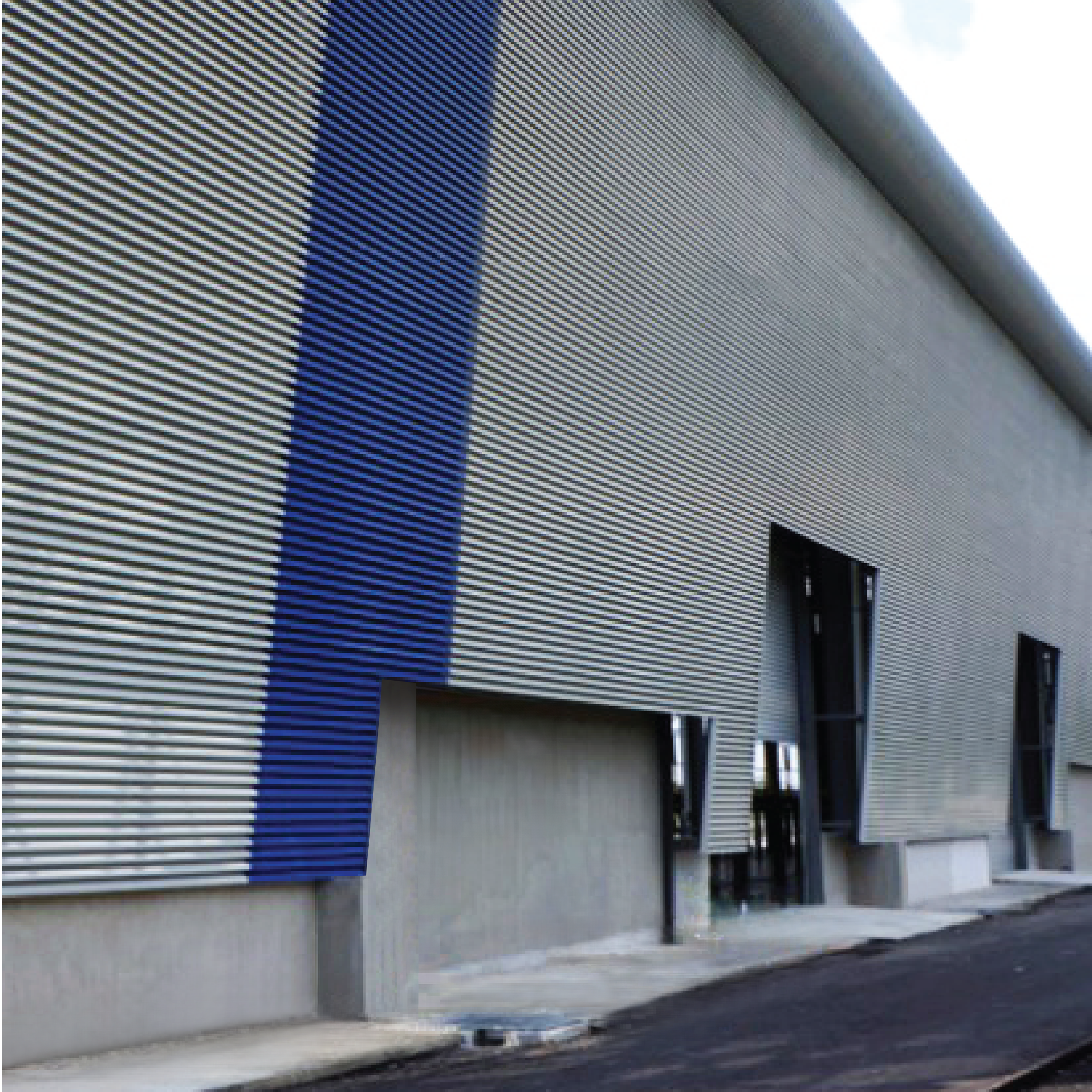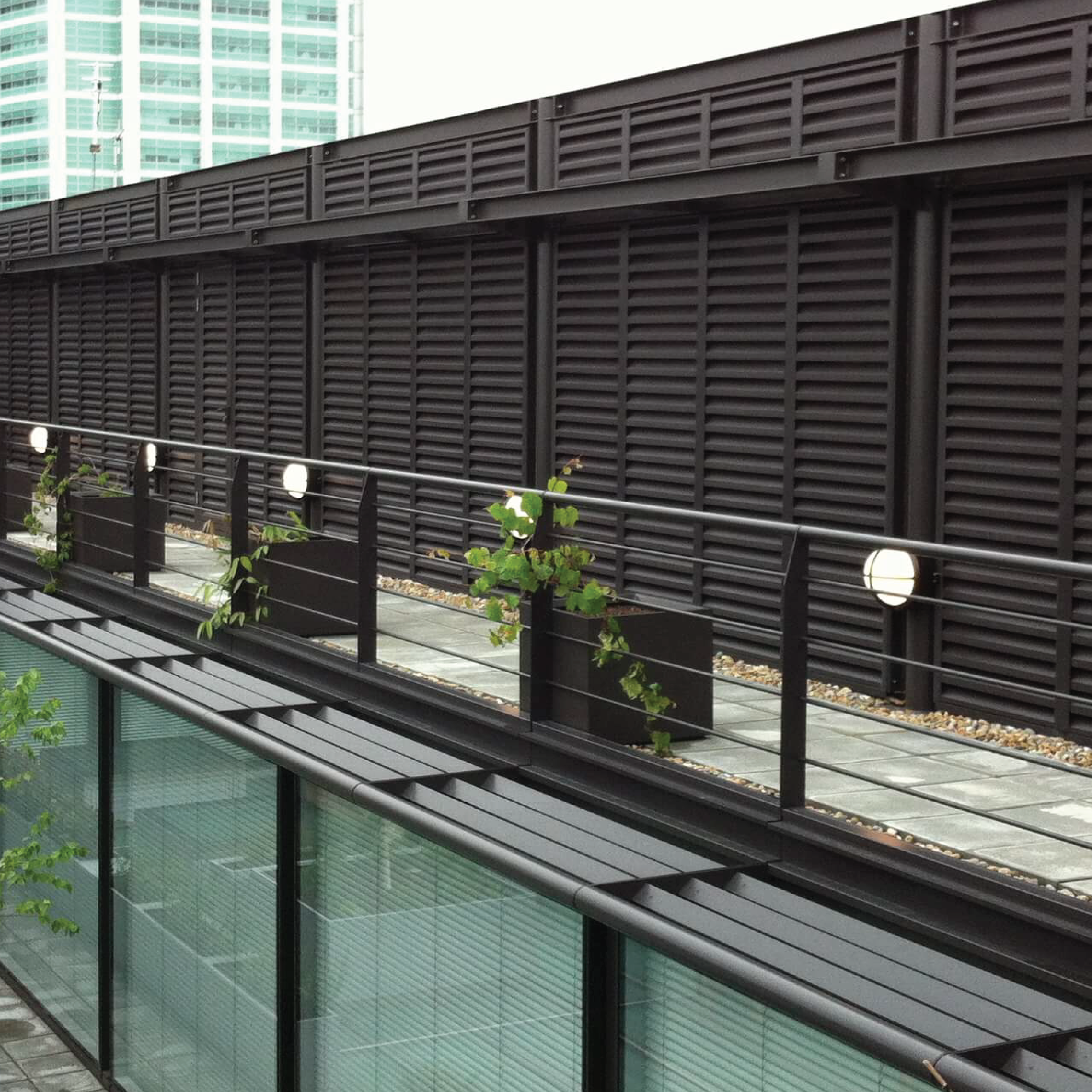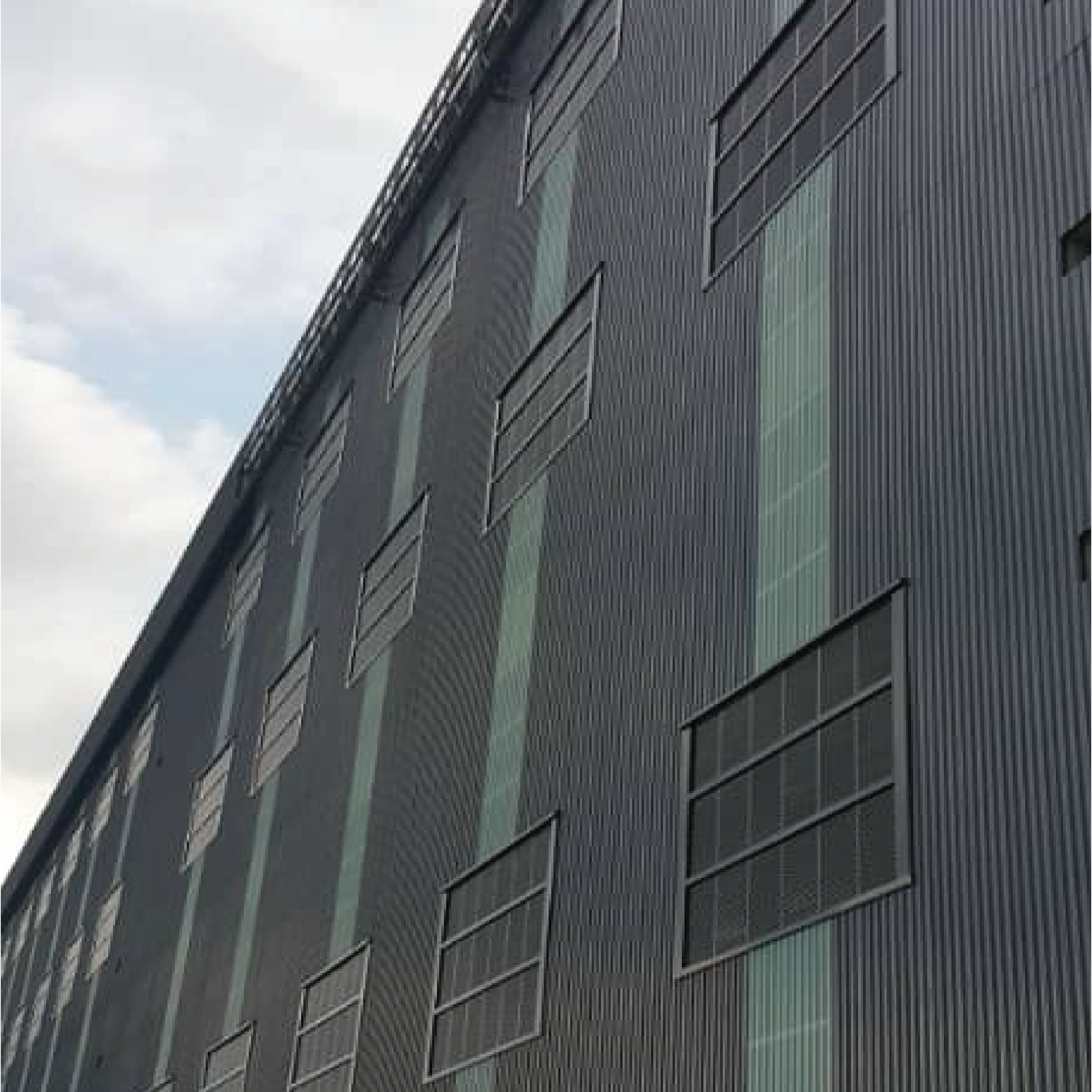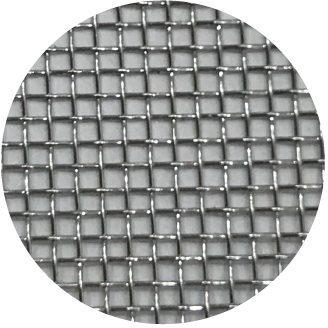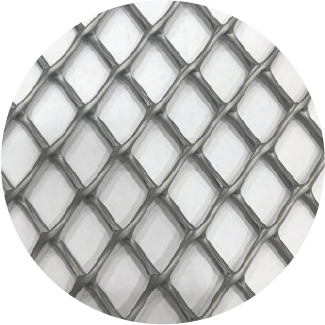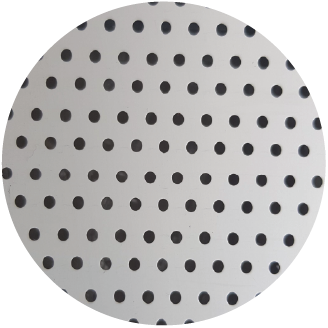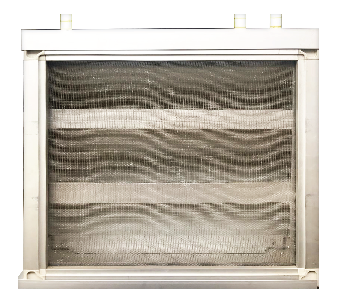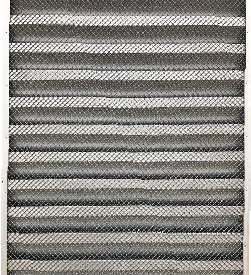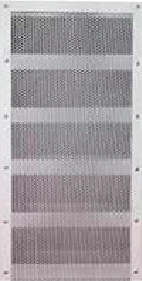OUR PRODUCTS
Creating Sustainable Indoor Environments with Natural Air Tech
Understanding Different Types of Louvres
Single, double, and triple-bank louvres are vital elements in architectural design, serving important functions such as ventilation, shading, and weather protection. Choosing the appropriate louvre type is crucial based on the performance needs of your project. At SYS, we provide a variety of single-bank, double-bank, and triple-bank louvres, each tailored to meet specific functional and environmental requirements.
Choosing the Right Louvre for your Project
When deciding between single, double, or triple bank louvres, it’s essential to evaluate the specific requirements of your project. Factors such as the need for airflow, weather protection, aesthetic design, and noise control will influence your choice.
- For maximum ventilation: Single bank louvres are the best choice.
- For balanced ventilation and weather protection: Double bank louvres offer the best of both worlds.
- For extreme weather resistance and noise control: Triple bank louvres are the most robust solution.
Free Area :
Choose a louvre with an appropriate free area to ensure adequate airflow for your application. Higher free areas typically provide better ventilation.
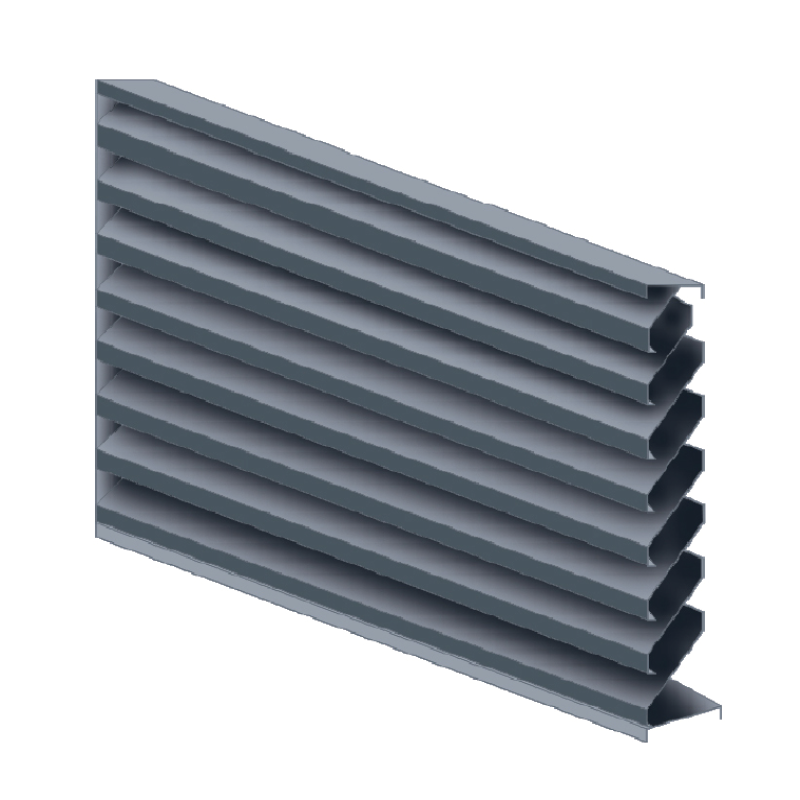
Single Banks
Louvers
Coefficient of Entry = 0.283
Airflow Class = 3
Pressure Drop :
Opt for louvres that offer minimal pressure drop to maintain efficient airflow and reduce energy costs.
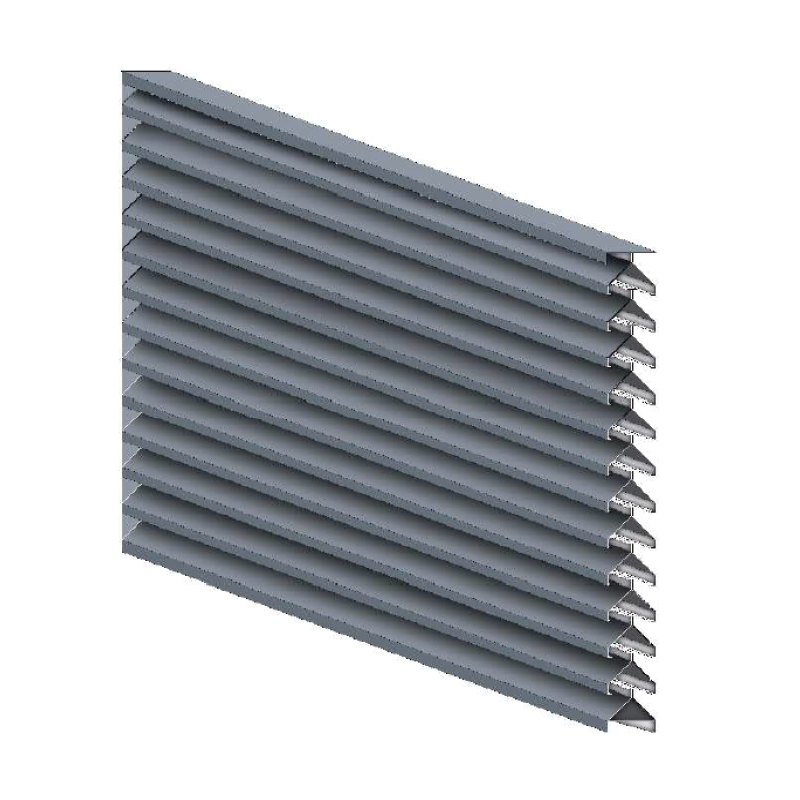
Double Banks
Louvers
Coefficient of Entry = 0.125
Airflow Class = 4
Rain Penetration :
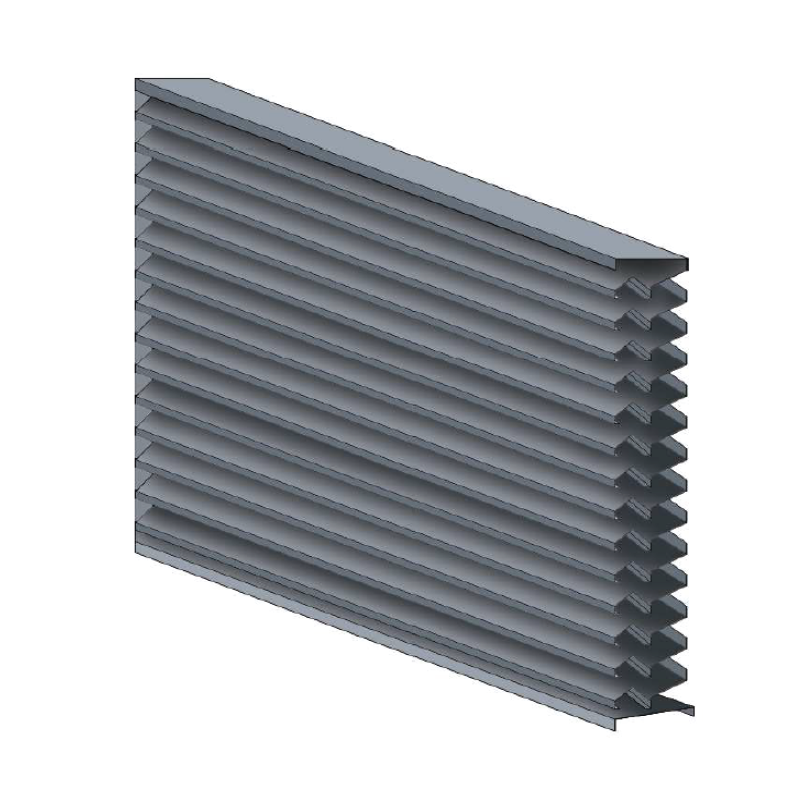
Triple Banks
Louvers
Coefficient of Entry = 0.152
Airflow Class = 4
At SYS, we offer a wide range of customizable louvres tailored to your unique project needs. Whether you’re looking for a cost-effective solution or high-performance louvres for harsh environments, our team of experts is here to guide you through the selection process.
Features and Benefits
Enhance Air Quality
The performance of our louvers system has been tested by independent third party testing. It is conform to EN13030:2001. Own R&D test lab also setup locally. After the louvers design satisfy with the performance data, it will then be furthered tested in third party testing lab. Whether it is for building ventilation or weather protection, our range of louvers will meet your requirement.
Design Flexibility
With more than 10 years of experiences, we have wide range of louvers from single banks to triple banks louvers with Louvers Free Area from 10% to 50% to suit different project requirement. New Free Area of louvers can be design to suit client requirement.
Project Support
We also help to design new louvers depends on the building requirement especially on the Louvers’ Free Area requirement. With the own lab, we are able to test the new louvers design. Client is able to understand more on their requirement and which product to select for their project.
Aesthetic
Many range of louvers type are available such as Box type, Double L type or Wall Cladding Louvers or customize profiles.
Product Development and Testing
We also help to design new louvers depends on the building requirement especially on the Louvers’ Free Area requirement. With the own lab, we are able to test the new louvers design. Client is able to understand more on their requirement and which product to select for their project.

We use CFD (Computational Fluid Dynamics) modeling to analyze and optimize our new louvre designs. This technology allows us to better understand airflow patterns, enabling us to develop improved louvres and create more efficient profiles for enhanced performance.
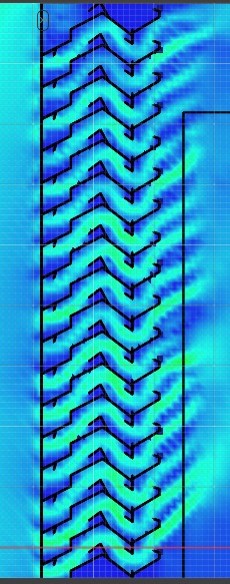
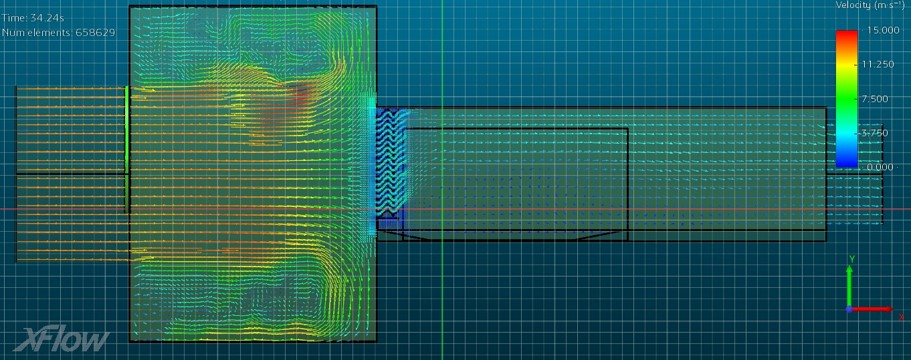
Free Area % requirements
Free area is derived by taking the total open area of a louver (after subtracting all obstructions – blades and frame) and dividing by the overall wall opening. This gives a comparison of a louvered opening to an unobstructed opening. Please contact us if you need help with louvre free area or product selection.

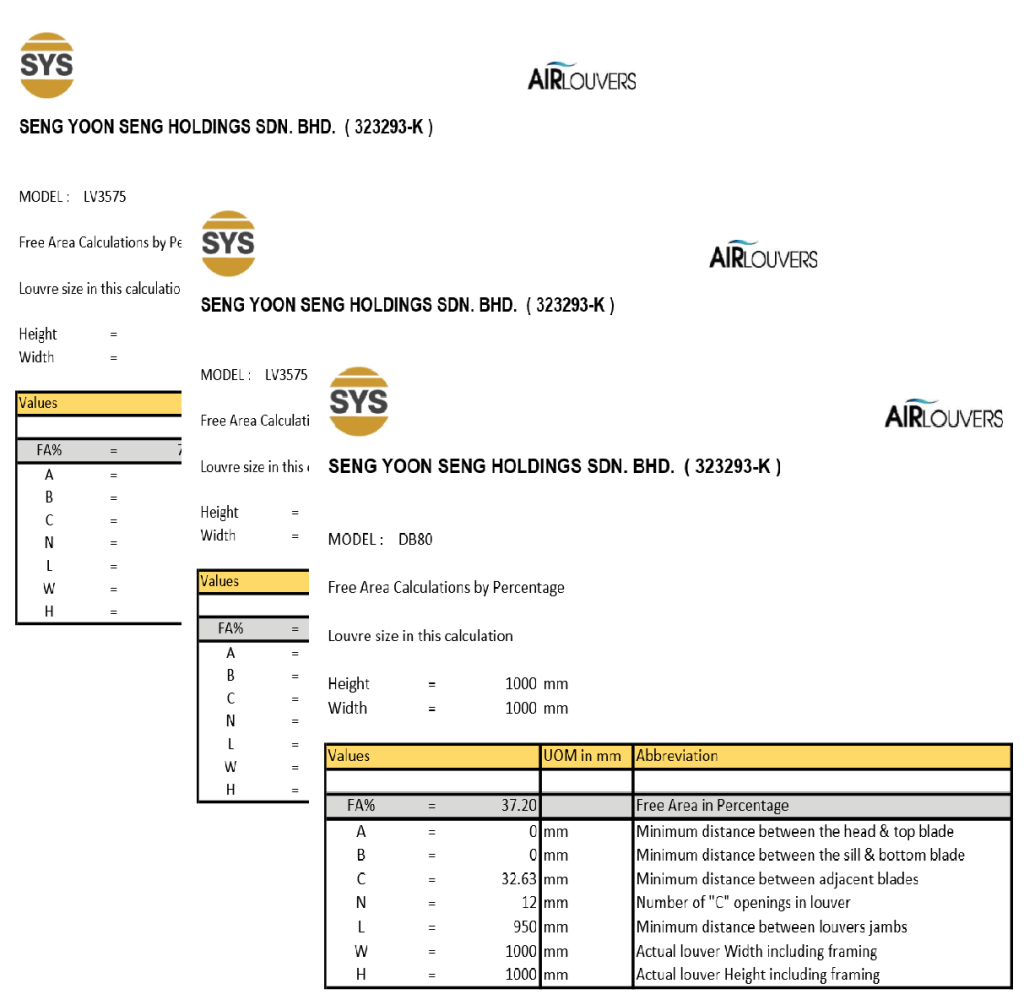
SYS Rain Water and Wall System Integration Testing Rig
RAIN AND WIND SIMULATION
Wind driven rain simulator to direct amount of water to louver face area
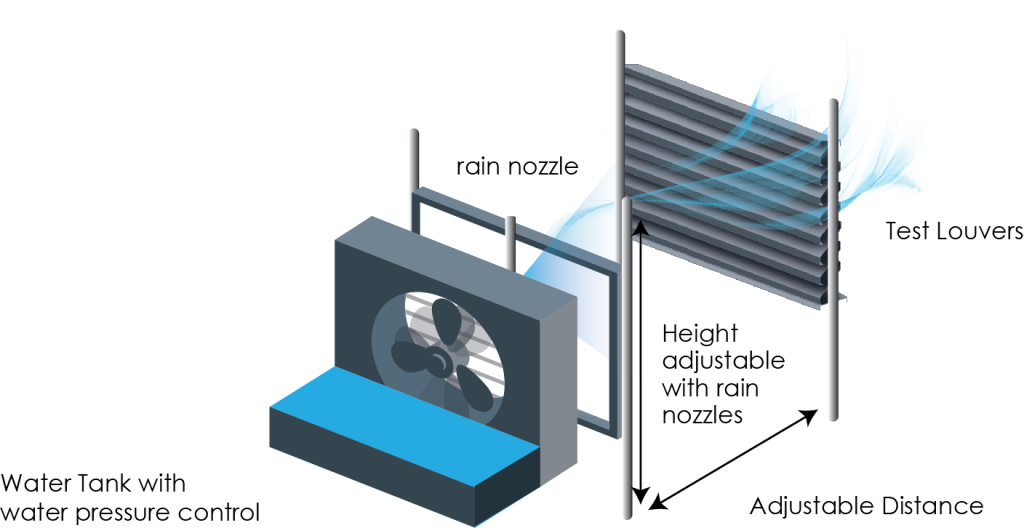
Complete range of functional components
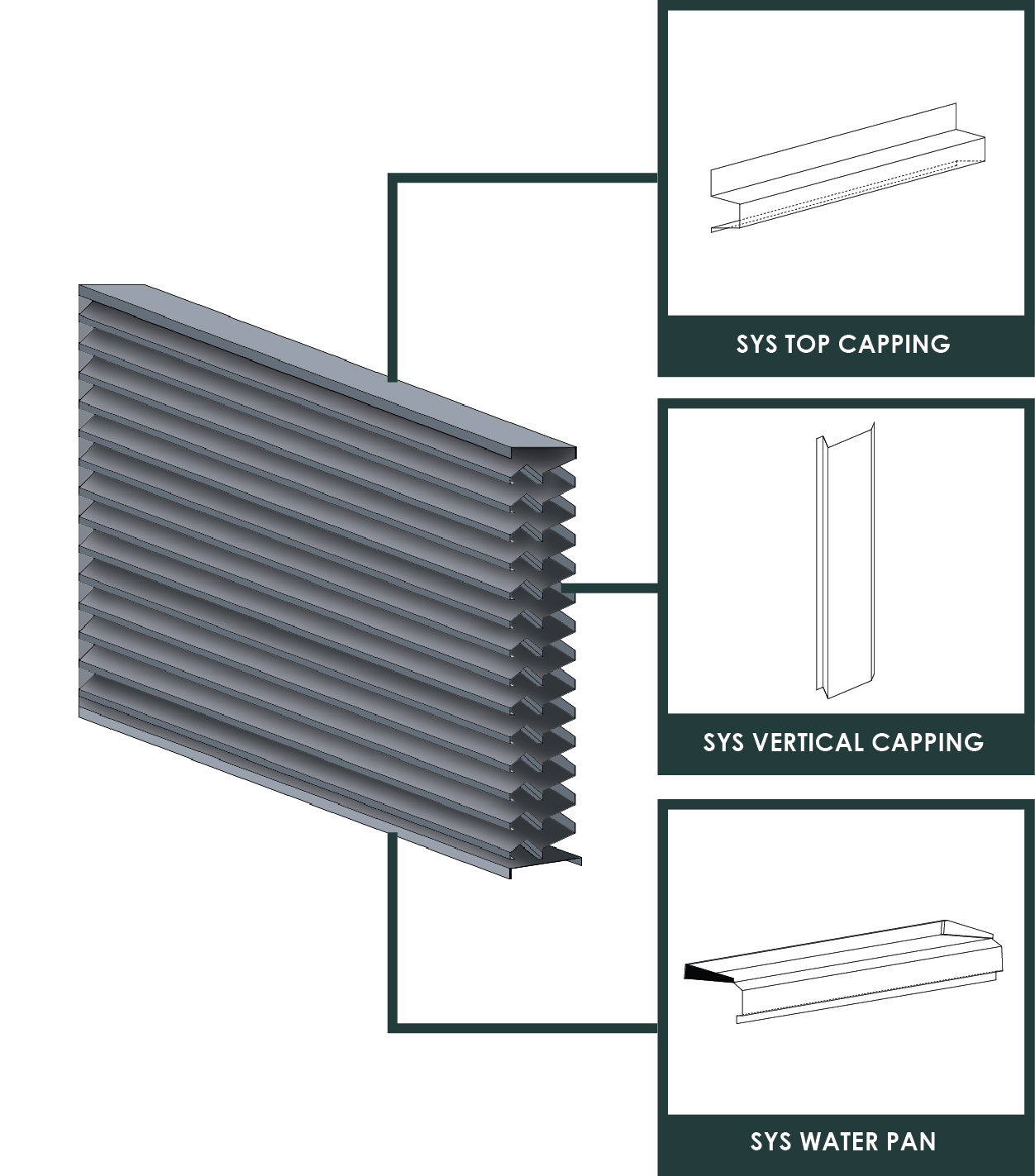
TOP CAPPING
The function of the top capping is for the finishing of the gap between wall and the louvers i.e brick wall, metal wall cladding or sandwich panel. It also act as a small canopy to disperse the water from the top away from the louvers. Hence will reduce the water seepage to the louvers hole below.
VERTICAL CAPPING
Vertical clapping to close the gap between louvers and the wall.
WATER TRAY
The function of the water tray is to discharge the water that collected from the louvers to outside of the building. It also serve as a finishing gap between the louvers and the wall.
Comprehensive range of fixing method and accessories
Louvres with door or opening
Guard : Insect/Bird/Security Netting
Netting can be in GI, Aluminium and Stainless Steel Special Shape louvers.
The louvers can fabricated with sheet metal bending method:
Alumminium, Prepainted Alunimium
GI, Prepainted GI
Aluminium Zinc, Prepainted Aluminium Zinc
Stainless Steel
The louvers can be installed using End Fixed or Bracket Fixed Method.
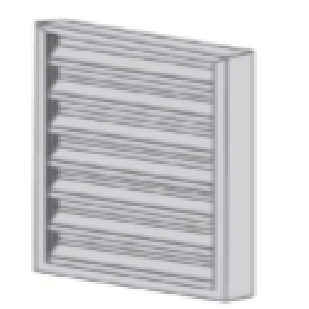
End Fixed
- End Fixing with U-channel Frames.
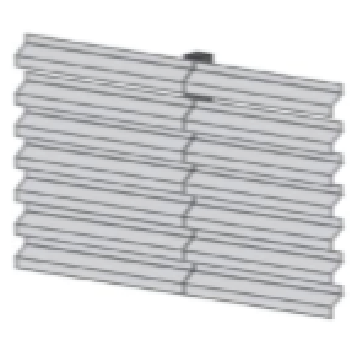
Bracket Fixed
- Blades are fixed with an entruded bracket arm
- Supporting by hollow section

Get in Touch
Ready to Experience Clean Air Indoors?
Contact us today for eco-friendly ventilation solutions tailored to your space and needs.
